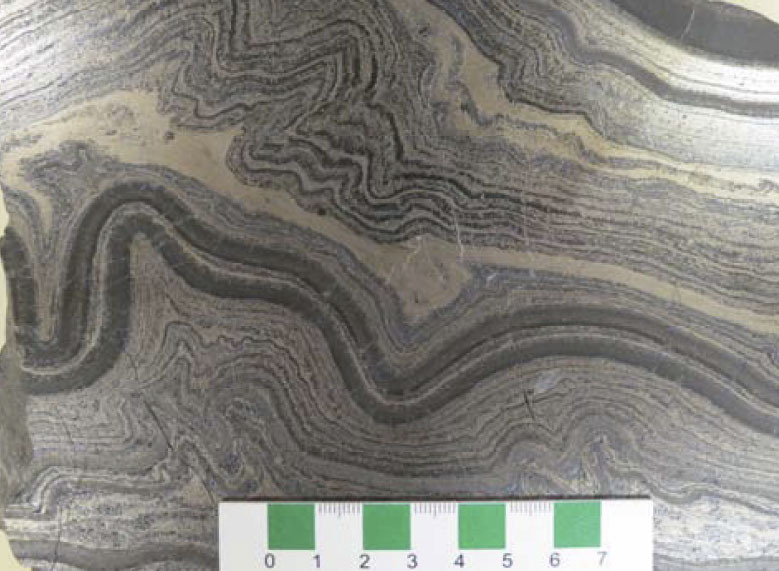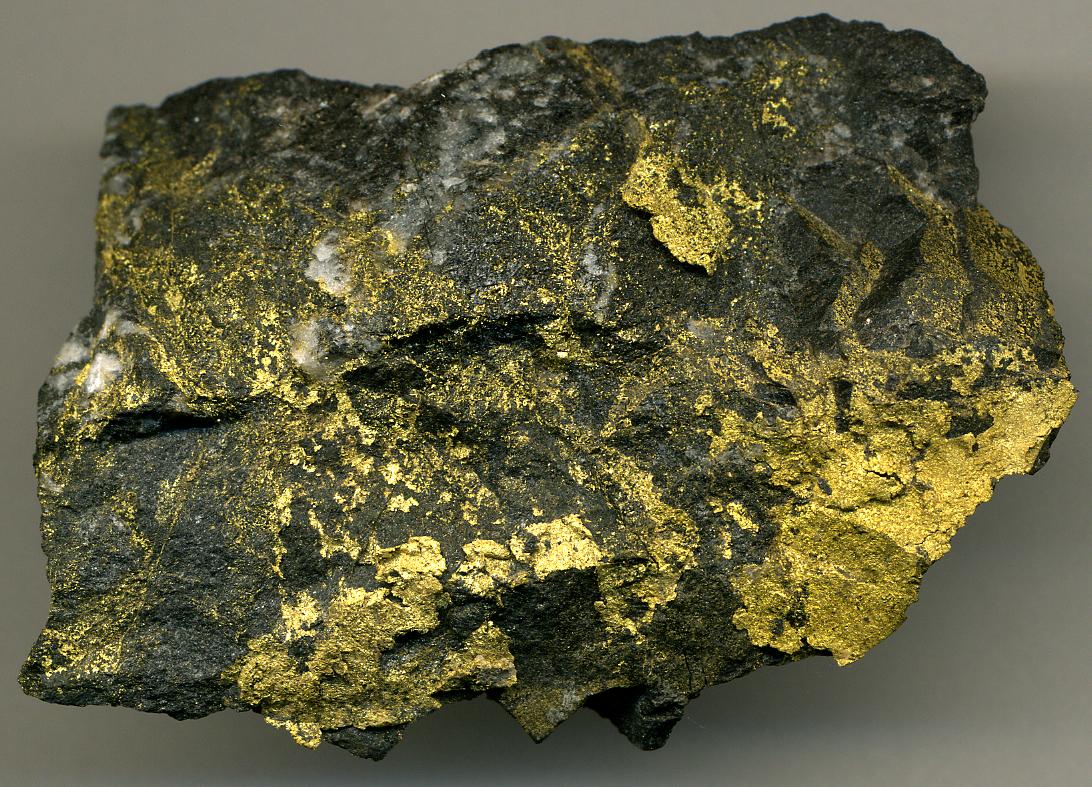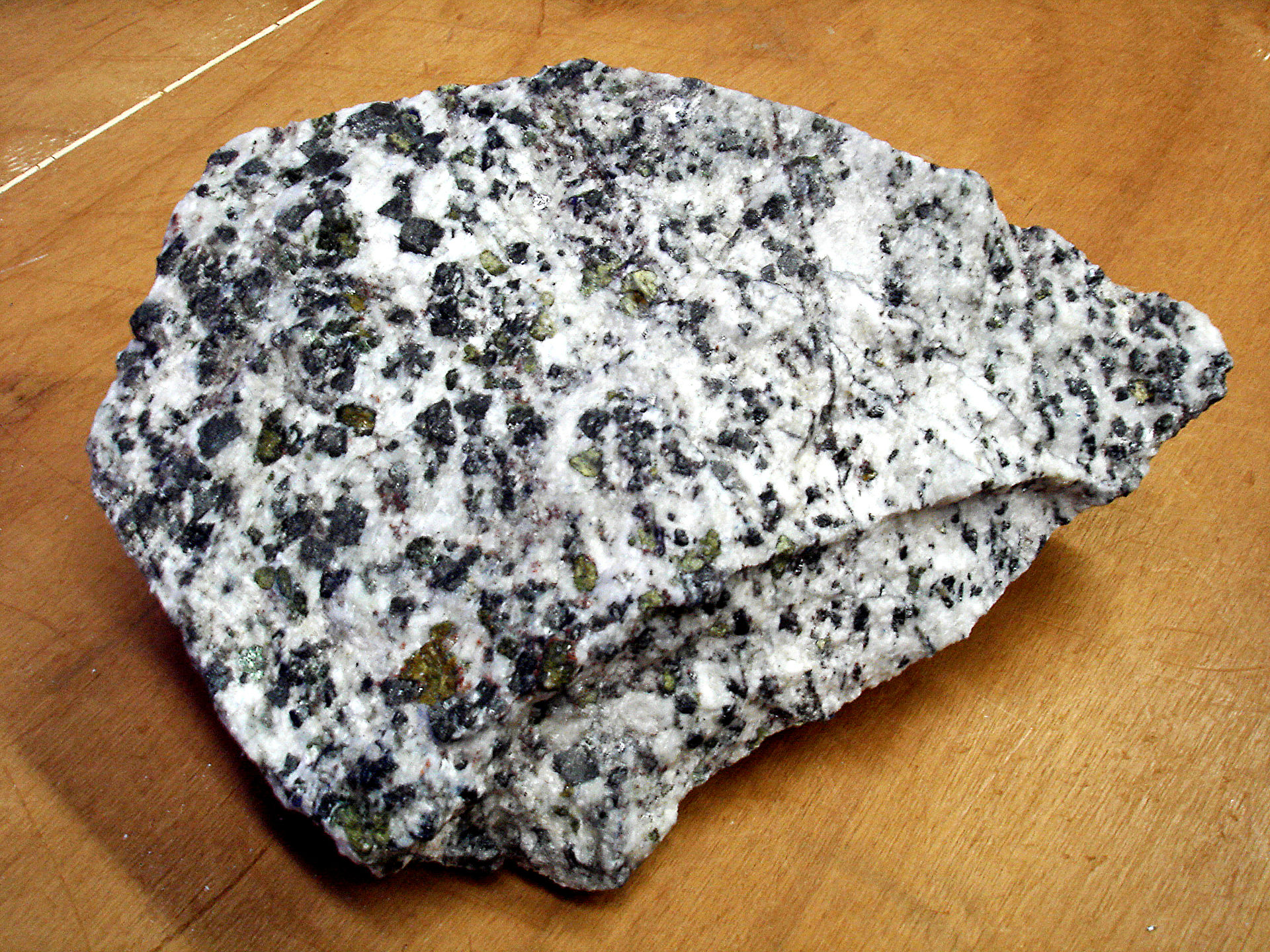Kaminak has provided a link to their full assay results as well as maps and cross-sections outlining their work on this zone. I wish more companies would do this. This allows the reader to view the drill “highlights” as part of the larger picture.
[box type=”note” align=”aligncenter” ]
Kaminak’s Coffee Project is located at the west end of a broad stretch of the Yukon, Alaska and Canada’s Northwest Territory known as the Tintina Gold Belt. More specifically it is located about 100km west of the Klondike Highway and about 150km south of Dawson City: The center of the famous Yukon Gold Rush where early prospectors and hopefuls mined river gravels for gold. In recent years, most of the exploration activity in this region has been focused on developing the source deposits whose erosion resulted in all that free gold found in the rivers and streams of the Yukon and Alaska.
The Coffee Project consists of several smaller zones and deposits all with coffee related names such as Supremo, Latte, Double Double, Macchiato, French Press, Cappuccino and the newest zone – Kona. I suspect that once they started with the coffee thing, they just couldn’t stop and at this point there’s no turning back.
We’ve covered them a few times before, but not since December. Since that time they have published a PEA (Preliminary Economic Assessment) and begun a full feasibility study on the project. They’ve also managed to raise a fair bit of money in a particularly soft market by showing project advancement and positive economic potential.
The Kona zone is a more recent discovery.
[/box]
Kaminak recently announced the results from a preliminary economic assessment (PEA) at Coffee demonstrating a robust, high-margin, rapid pay-back, 11-year open pit mining project using a US$1250/oz gold price. The Coffee Feasibility study commenced mid-2014 with a targeted completion date of end 2015.
Highlights
- Kona North Step-Out Drilling
- 3.12g/t Au over 28.95m from 64m downhole (CFR657)
- 4.85g/t Au over 16m from 118m downhole and 2.90g/t Au over 22m from 163m downhole (CFD435)
- 6.99g/t Au over 9.14m from 97.54m downhole (CFR654).
Exploration Drilling Results
Kona North consists of a 1.5km x 0.5km gold-in-soil anomaly peaking at 1.6g/t Au, which straddles the contact between Permian gneisses and schists (host rocks to Latte-Supremo) and the Cretaceous Coffee Creek Granite. The gold-in-soil anomaly is coincident with topographic and magnetic lineaments interpreted to represent the extensions of the WNW striking Latte and ENE striking Americano structures and a possible third NNW trending structure. The highest tenor gold-in-soils occur at the interpreted intersection zone of the three structures. To date, drilling has extended the bedrock mineralization at Kona North over a strike length of at least 240 metres, and it remains open along strike to the east and west. The gold-in-soil anomaly is slightly offset from the underlying bedrock mineralization due to down-slope colluvial creep. Therefore the earlier drilling, prior to the discovery of Kona North, was located too far north. Additional drilling is planned for early 2015 to test along the full 1.5km gold-in-soil trend.
[box type=”note” align=”aligncenter” ]
Gold at Coffee occurs in both deeper metal-sulfide minerals and more shallow oxide minerals which are essentially metal sulfides that have “rusted” due to the infiltration of surface waters and oxygen. It is far easier to extract gold from oxides then from sulfides and the bulk of the potentially economic resources at Coffee occur in the shallower oxide zones which they propose to mine from an open pit.
Drilling at Kona is along a gold-in-soil anomaly which coincides with the contacts between major bedrock units in the area. Contacts between rock units can make excellent conduits for gold-bearing hydrothermal fluids.
There are two terms here that we haven’t seen before:
The company states that the gold-in-soil anomaly is offset by “colluvial creep“. This essentially means that the soil and other surface sediment has migrated downhill and this has offset the soil anomaly results. Understanding the geologic history of an area is a critical part of exploration. Depending on the speed and duration of the “creep” one might expect either a dilution of the results or a complete offset. Either way, failure to recognize it could result in a potentially expensive misinterpretation.
The other term mentioned is “gold tenor“. Unlike grade, which give a percentage or total quantity of a metal within a given rock or soil sample, tenor is a reference to the percentage of the target metal found within the target ore minerals. It’s most commonly used when describing base metal concentrations within a metal sulfide body.
[/box]
To date, gold mineralization at Kona North is primarily hosted in granite in the hanging-wall to the contact with Permian basement rocks. Mineralization comprises disseminated sulphide and stockwork sulphide veinlets accompanied by strong silicification and clay alteration. Oxide (90-100% oxidized) and Upper Transition (50-90% oxidized) mineralization extends to an average depth of 40 metres below surface, below which mineralization is Lower Transition and Sulphide facies. Drill intercepts to date support a broadly east-west striking, moderate to steeply south dipping mineralized envelope, which exhibits pinch and swell as observed at other gold zones at Coffee. Overall thickening of the mineralized corridor on 579,525E may be due to multiple stacked mineralized structures at the intersection of the Americano and Latte trends, and/or at the intersection of the NW striking structure with the east-west corridor. Follow-up drilling in 2015 will target the near surface Oxide and Upper Transition zones with the objective to extend mineralization along strike and to further test the geometry of the thicker zone of mineralization around 579,525E.
[box type=”note” align=”aligncenter” ]
The company describes the mineralization as “primarily hosted in granite in the hanging-wall to the contact with Permian basement“. What they are describing is a contact between two rock units that is faulted, or offset. As we’ve discussed before, structural offsets such as faults create planes of weakness that make great conduits for mineralizing fluids.
[/box]
Drilling Results
| Prospect | Drill Hole |
From (m) |
To (m) |
Width (m)* |
Weighted Average grade (g/t Au) |
| Kona North | CFD0435 | 77 | 80 | 3 | 3.00 |
| Kona North | CFD0435 | 118 | 134 | 16 | 4.85 |
| Kona North | CFD0435 | 163 | 185 | 22 | 2.90 |
| Kona North | CFD0435 | 214 | 218 | 4 | 1.39 |
| Kona North | CFD0440 | 125 | 128 | 3 | 4.95 |
| Kona North | CFD0440 | 134 | 147 | 13 | 1.04 |
| Kona North | CFD0440 | 162 | 164 | 2 | 2.92 |
| Kona North | CFR0654 | 97.54 | 106.68 | 9.14 | 6.99 |
| Kona North | CFR0655 | 176.78 | 184.4 | 7.62 | 0.92 |
| Kona North | CFR0656 | 28.96 | 33.53 | 4.57 | 2.94 |
| Kona North | CFR0656 | 105.16 | 118.87 | 13.71 | 1.10 |
| Kona North | CFR0656 | 129.54 | 132.59 | 3.05 | 1.76 |
| Kona North | CFR0657 | 64.01 | 92.96 | 28.95 | 3.12 |
| Kona North | CFR0660 | 153.92 | 158.5 | 4.58 | 1.08 |
| Kona North | CFR0661 | 62.48 | 73.15 | 10.67 | 1.28 |
| *True width estimated at approximately 2/3 down-hole length. |
[box type=”note” align=”aligncenter” ]
As usual, note that the intersected drill intervals do not represent the “true thickness” of the unit. This is typical in early stage drilling, but important to note.
[/box]
All maps, sections and assay sheets associated with this news release can be viewed by clicking the following link: http://kaminak.com/news_releases/2014/index.php?&content_id=603
[box type=”note” align=”aligncenter” ]
Kaminak has provided a link to their full assay results as well as maps and cross-sections outlining their work on this zone. I wish more companies would do this. This allows the reader to view the drill “highlights” as part of the larger picture.
[/box]
Field Program Updates: Feasibility and Environment
As recently announced (28 July, 2014), in conjunction with the closing of a $13.52M private placement (23 July, 2014), the Company has commenced a Feasibility Study on the Coffee Gold Project. Drilling and related field programs have been extended into the fall of 2014 with the objective to complete critical path and long lead time work programs. Three RC percussion drills are still turning on the property, undertaking resource delineation infill drilling. Environmental and heritage baseline studies and engineering studies into the optimal route and design of the access road are also advancing as planned.
The Company is debt-free and fully-financed to complete its 2014 objectives.
[box type=”note” align=”aligncenter” ]
No report of assay results is complete without a description of the quality assurance process. Proper QA/QC ensures accurate and repeatable results.
[/box]
QA / QC
Kaminak’s disclosure of a technical or scientific nature in this press release has been reviewed and approved by Tim Smith, P.Geo., Vice President Exploration of Kaminak Gold Corporation, who serves as a Qualified Person under the definition of National Instrument 43-101. Quality assurance and quality control procedures include the systematic insertion of blanks and standards into the drill sample string. Samples are placed in sealed bags and shipped directly to the ALS Minerals preparatory laboratory in Whitehorse prior to gold fire assay.
[box type=”note” align=”aligncenter” ]
Kaminak is currently trading at $0.71 (TSX-V) and has 52 week low of $0.46 (January) and high of $1.19 (July).
[/box]
[box type=”success” align=”aligncenter” ]Have a company or release you’d like us to look at? Let us know though our contact page, through Google+, Twitter or Facebook.[/box]







Pingback: Brixton Metals Announces Maiden Silver Resource at Thorn | Geology for Investors